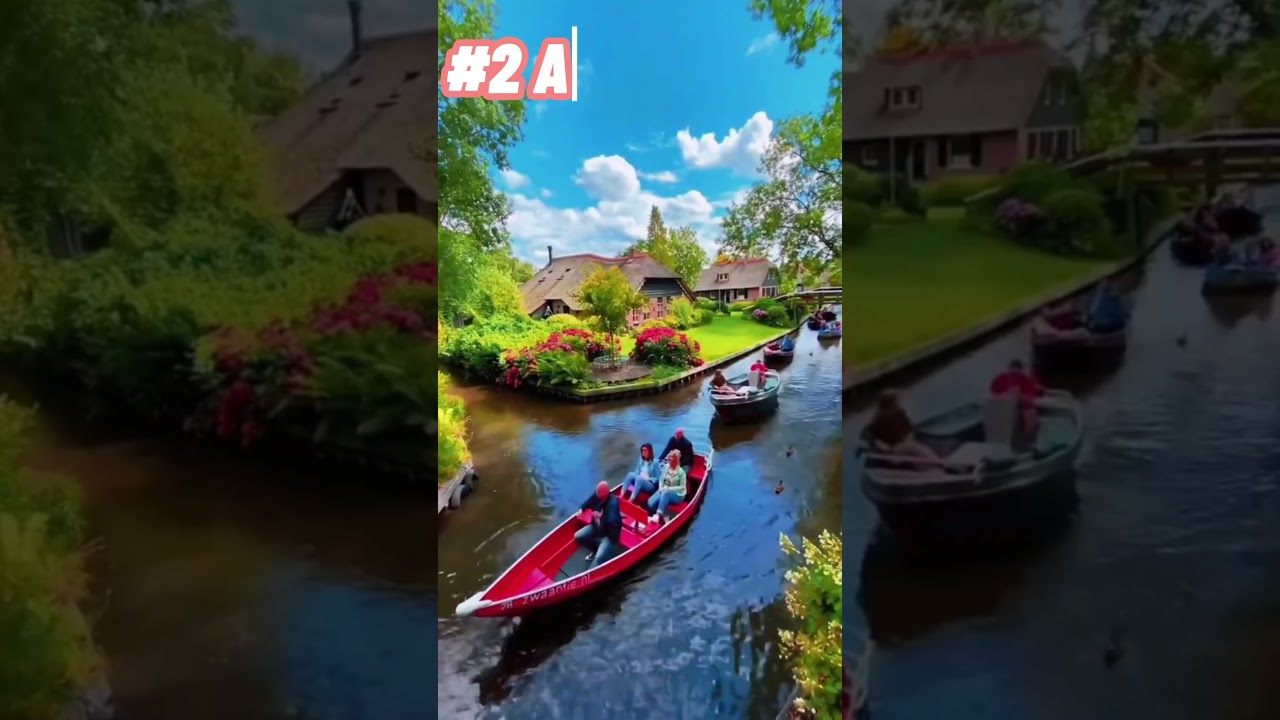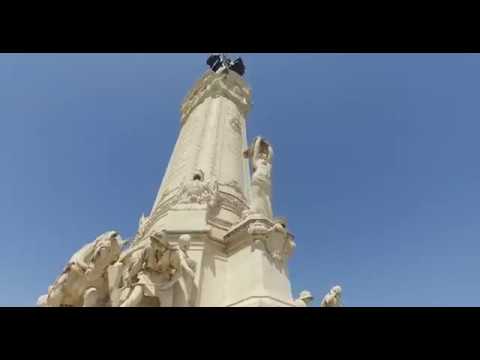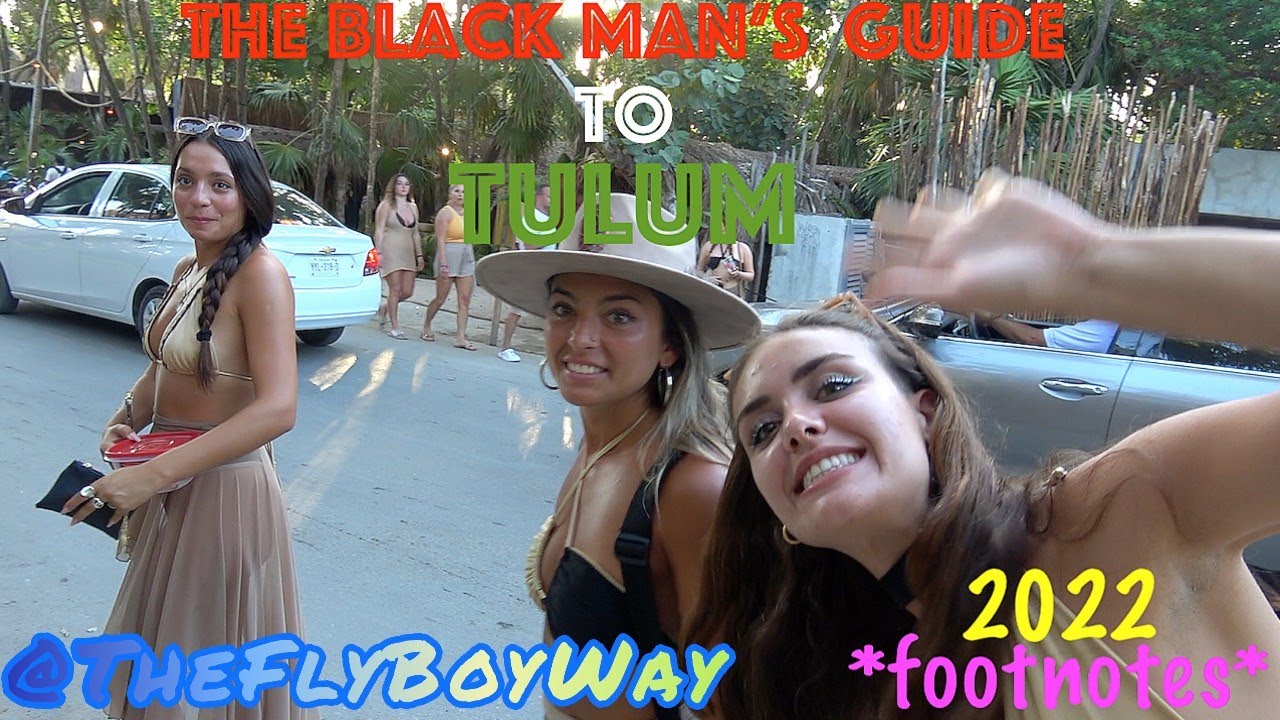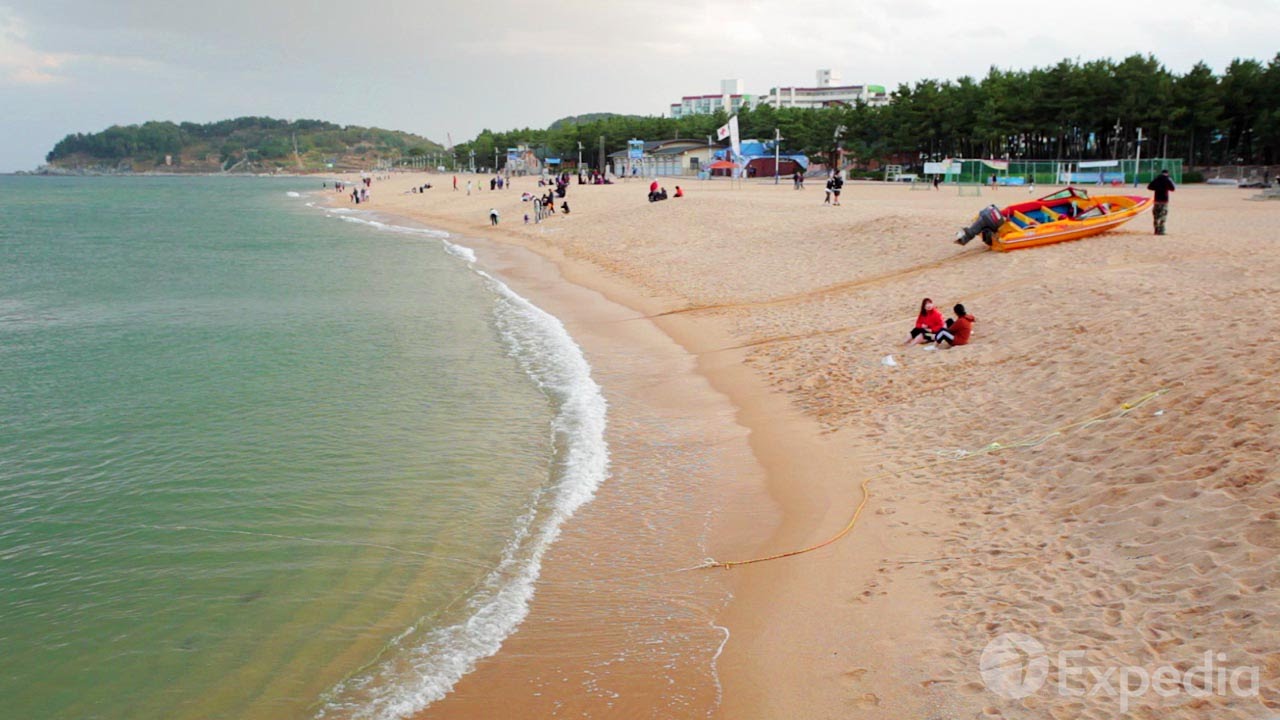Rocky Mountain National Park – from trails to treetops to tundra, we explore the sprawling beauty of Colorado’s wilderness.
Colorado’s Rocky Mountain National Park sits high on the Continental Divide, and is part of the Rocky Mountains Range, which runs from Canada to New Mexico.
In the 1870s, English adventurer Isabella Bird visited this part of the Rockies, and was moved to write, “I have found a dream of beauty,
At which one might look at all one’s life, and sigh”. 150 years later that dream continues, preserved within a 415 square-mile national park just 70 miles from Denver.
Welcome to a dream, where wildlife roams free amid cool meadows and forests of fir.
A dream where chains of sub-alpine lakes form mirrored steps into the sky, and alpine tundra lifts over 60 granite peaks 12,000 feet into the heavens.
Today, this dream can be experienced by visitors of all ages and abilities, via 350-miles of hiking trails, and on two of the highest scenic roads in the USA.
Most visitors begin their Rocky Mountain adventure at the eastern entrance, just outside Estes Park. In summertime, traffic can be a headache.
So, leave your car at the Beaver Meadows Visitor Center and take the free shuttles to and from the park’s popular eastern trail heads.
Just 7 miles into the park, hop off at Sprague Lake, named after the enterprising Abner E Sprague, who ran a dude ranch and fishing lodge here at the turn of the 20th century.
Today the lake is still a favourite with trout fishermen. And with a short, hard-packed loop trail,
The lake is ideal for families and folks with limited mobility. For another easy hike, take the short loop around Bear Lake, which passes through a magical shoreline of spruce, aspen and lodgepole pine.
From Bear Lake, follow the trail up Tyndall Gorge. Pause by the lilies of Nymph Lake
And gaze into the mirrored perfection of Dream Lake, before arriving at one of the park’s easiest-to-reach sub-alpine jewels, Emerald Lake.
For a longer, more challenging hike, tighten your boot laces, pack a few layers, and hit the 10-mile, out-and-back trail, to Sky Pond. After an easy first mile,
Stop for a snack by the thundering waters of Alberta Falls, named after Abner Sprague’s wife.
From the falls, the trail climbs to the rugged shores of The Loch, a lake guaranteed to bring a tear to the eye of any visiting Scottish Highlander. From here, the trail steepens,
Traversing fields of wildflowers and grazing deer, before arriving at the imposing wall of water and granite at Timberline Falls.
From the base of the falls, the trail climbs a 100-foot shute, and while not overly difficult, if it looks like rain or snow, it’s best to turn back here.
After two to three hours of hiking, climbing, and rock-hopping, the tree line finally thins to reveal the stark beauty of Glass Lake. Just a few steps beyond, the trail ends at Sky Pond, a glacial basin cradled by a citadel of granite cliffs and shark-tooth spires.
As you look back down the valley, give thanks to Enos Mills, who tirelessly lectured coast-to-coast, planting the seeds of the Rockies importance into the nation’s consciousness.
In 1909, the man they call the Father of Rocky Mountain National Park, shared his dream; “In years to come when I am asleep beneath the pines,
Thousands of families will find rest and hope in this park.” And in the decades since, millions have walked these trails.
After giving your calves and camera a workout on the park’s eastern trails, grab your car keys or join a tour, and head north into the park’s high country.
Pull into Horseshoe Park, a wetland sanctuary whose rich soils and perfect u-shaped valley were the gift of a passing glacier around 15,000 years ago.
To trace the journey of that glacier, head west up Old Fall River Road, a one-way, up-hill, gravel road that follows a Native American Hunting Trail.
The road is strictly seasonal, passable to cars only in summer, but enjoyed by snow-shoers and cross-country skiers when winter closes in.
The road’s hairpin bends require slow speeds and steady nerves.
But you’ll find plenty of safe pullovers to take in the valley views… scent of ponderosa…and the hypnotic rhythms of snow-melt.
After emerging into the sparse alpine tundra, the road nears its end at the Fall River Cirque. This, is the birthplace of the glacier that bulldozed its way down to Horseshoe Valley, nine miles away.
Perched on the Northern Rim of the Fall River Cirque is the Alpine Visitors Center,
The highest visitor centre in the entire U.S. National Parks system.
After learning more about the alpine tundra and the Peoples who first traversed these mountains and valleys, take the half mile hike up the Alpine Ridge Trail.
The trail across the tundra may be short, but it’s known as Huffer’s Hill for good reason.
After catching your breath in the thin alpine air, enjoy the views which stretch away across space and time.
From the Alpine Visitors Center, Old Fall River Road emerges onto the halfway point of Trail Ridge Road, the highest continuously paved road in the USA.
From here, turn left, and head back towards the park’s eastern side and enjoy the expansive views from the many outlooks and rest areas.
Or turn right, to explore the park’s South Western Side. Be sure to stop at Milner Pass which marks the Continental Divide,
The line at which the Rocky’s waters flow either west to the Pacific, or east toward the Atlantic.
While you’re there, stretch your legs on the Ute or Mt Ida Trails to experience some of the best high-alpine hiking on the Divide.
And as with all higher-altitude hikes in this region,
Start out early and pack warm clothes, as storms roll in quickly, particularly in the afternoons.
From Milner Pass, Trail Ridge Road gradually descends to Grand Lake, where you’ll find some of the parks most enchanting landscapes.
From the East Inlet Trailhead, take the easy one-mile hike to Adams Falls,
Then continue on through forests and meadows straight from a children’s picture book.
Or venture deeper into the forest on North Inlet Trail, for the three-and-a-half-mile hike to Cascade Falls.
For those yearning for even longer journeys, the trail here forms part of the 3,100-mile Continental Divide Scenic Trail…
Just turn right for Canada or left for Mexico, and keep walking. But for most of us, Rocky Mountain National Park holds more than enough adventure to fulfil all our wildest longings.
From the ever-present songs of its snow melt, to the cool, fragrant, embrace of its Alpine air,
Colorado’s Rocky Mountain National Park is a dream that awakens all the senses.
It’s a dream that opens every eye and ear to the miracles of nature, and draws a sigh from every soul.









